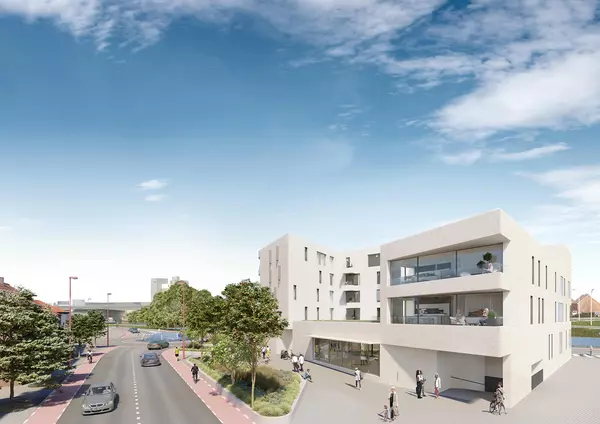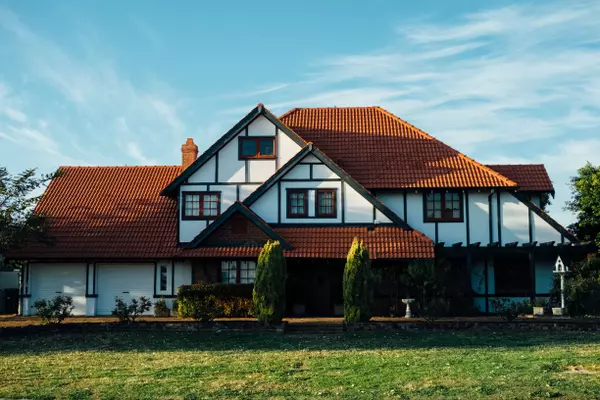Safari Park’s Elephant Valley habitat to open in early 2026
A new elephant habitat under construction at San Diego Zoo Safari Park since November 2022 is about 80% done and is set to open early next year, officials announced Tuesday.
Park officials said Denny Sanford Elephant Valley is the largest and “most transformative” project ever constructed by the San Diego Zoo Wildlife Alliance, which runs the San Diego Zoo in Balboa Park and its sister facility, Safari Park, located in San Pasqual Valley near Escondido. The cost of the project was not disclosed.
Officials said it was built using a gift from Sanford, a philanthropist who has supported other zoo projects, as well as contributions from more than 4,100 donors.
The exhibit, which is built over 12.75 acres, has been designed to give park guests an “immersive journey” that allows them to be surrounded by elephants on multiple sides. African savanna elephants are an endangered species. They are also highly social animals and live in multigenerational family groups in the wild.

Safari Park has eight elephants in its herd, seven females and one male. They include Swazi, who is the matriarch, her daughter, Qinisa (Nisa); and second-in-command Ndlulamitsi (Ndlula) and her son, Umzula-Zuli (Zuli). Also in the group are Umngani and her daughters, Mkhaya and Khosi; and Phakamile (Kami).
Three of the elephants — Swazi, Ndlula, and Umngani — have been at the park since they were rescued from Eswatini in 2003, a park spokesperson said.
“Guests will encounter what it feels like to walk beside the herd,” the zoo said in a press release. “The dynamic savanna at the heart of the Safari Park aims to generate greater empathy, understanding and appreciation for elephants, encouraging guests to protect them for generations to come.”
Rare and endangered African plants also will be in the exhibit, including African thorn trees, Nubian dragon trees and kokerboom trees. Some plants, including Mulanje and Gorongo cycads, were obtained after being seized by authorities from illegal trafficking, while others have been in the park since it was first opened in 1972.

“Every detail of this habitat has been purposefully designed to reflect the elephants’ natural environment, supporting their well-being while inspiring meaningful connections,” Shawn Dixon, interim president and CEO of the alliance, said in a statement. He called it “a place unlike any other.”
The project includes a two-story restaurant — called Mikutano House — that sits alongside one of the habitat’s two expansive watering holes. Officials expect the park’s elephants will wade, swim and play in the 240,000-gallon pool, providing “a profound experience for those who pay witness to their natural bonding behavior.”
Nearby is a park area, called Mikutano Park, where visitors can meet with educators to learn more about park animals.
The restaurant’s design was inspired by places where travelers frequent on safaris in Africa. According to the zoo, the Swahili word Mikutano refers to “gathering with purpose.”
“Elephant Valley will bridge the vital work happening in San Diego to the collaborative elephant conservation initiatives San Diego Zoo Wildlife Alliance supports in the African savanna,” the zoo said. “Elephants across Africa are facing immense threats that are taking a toll on their populations, including habitat loss, poaching and challenges to human-wildlife coexistence.”
The alliance works with several organizations, including Save the Elephants, The Nature Conservancy, Northern Rangelands Trust, Kenya Wildlife Service and Reteti Elephant Sanctuary. It said its research work in Africa and at the park provides “an opportunity to advance technologies and approaches to monitor and protect elephants in the wild and support coexistence.”
Categories
Recent Posts










GET MORE INFORMATION


